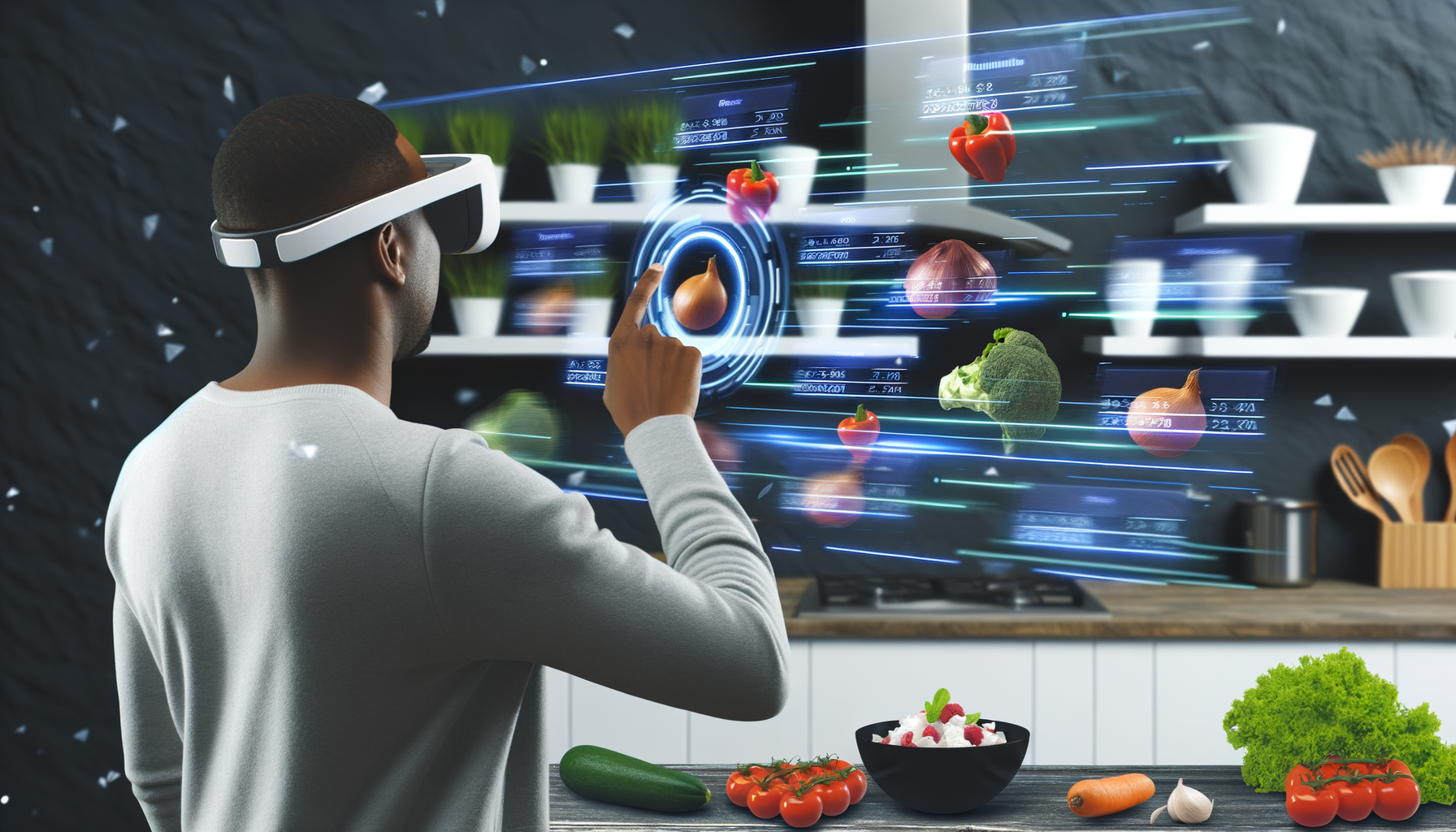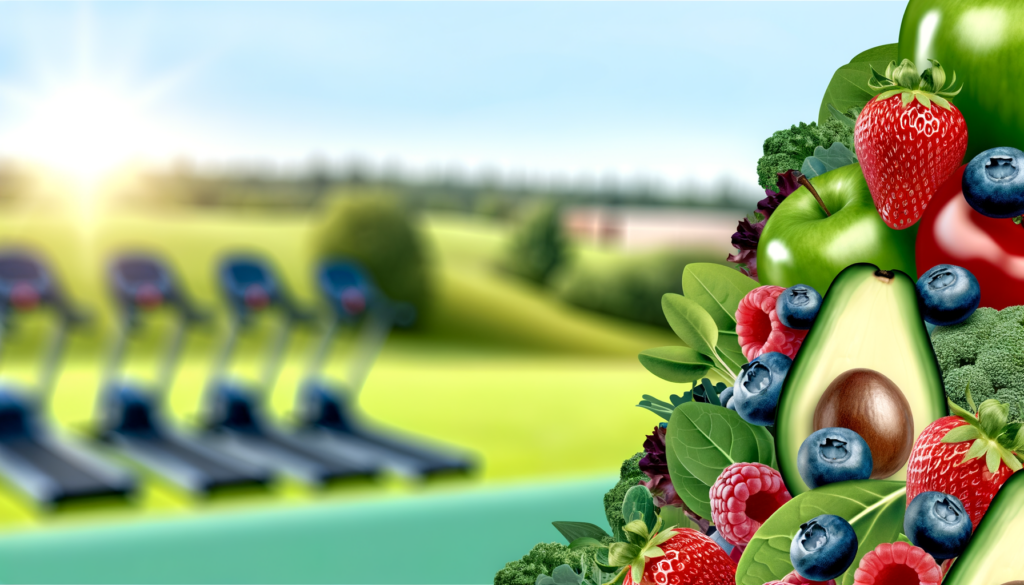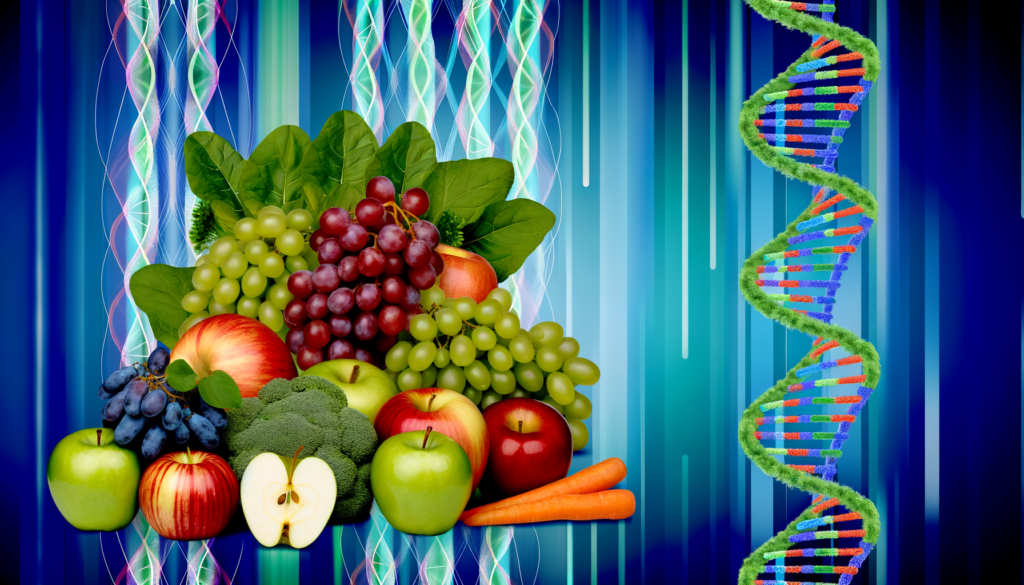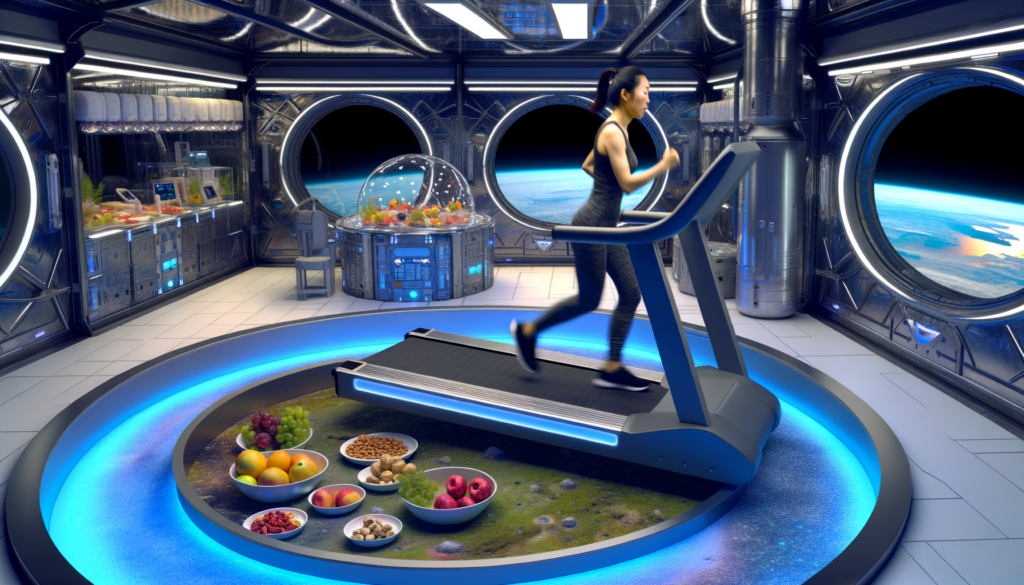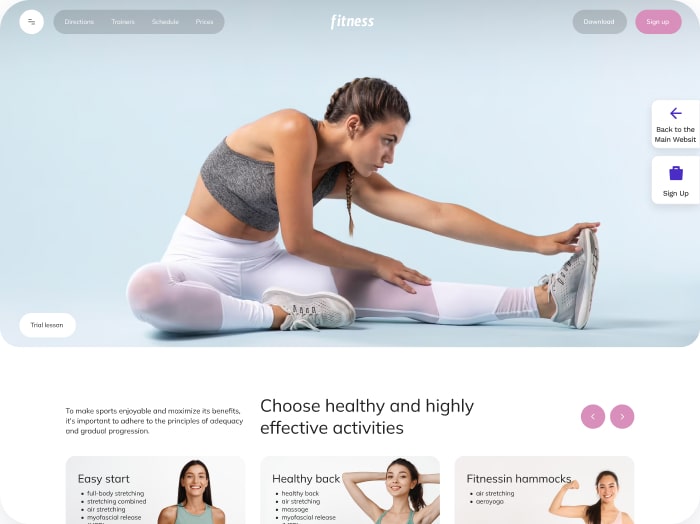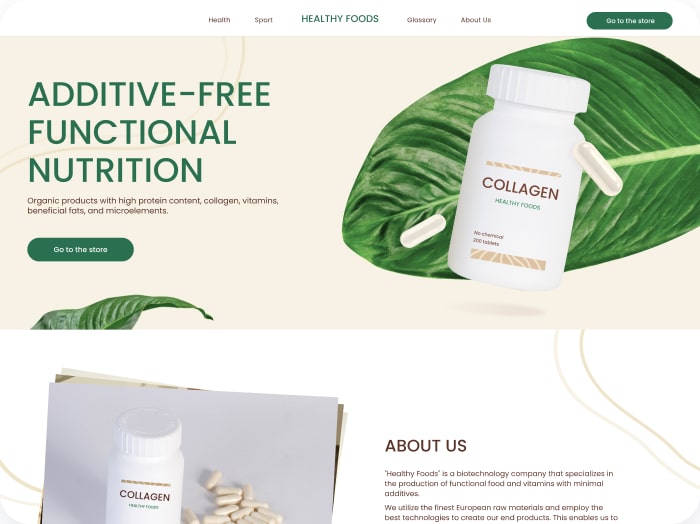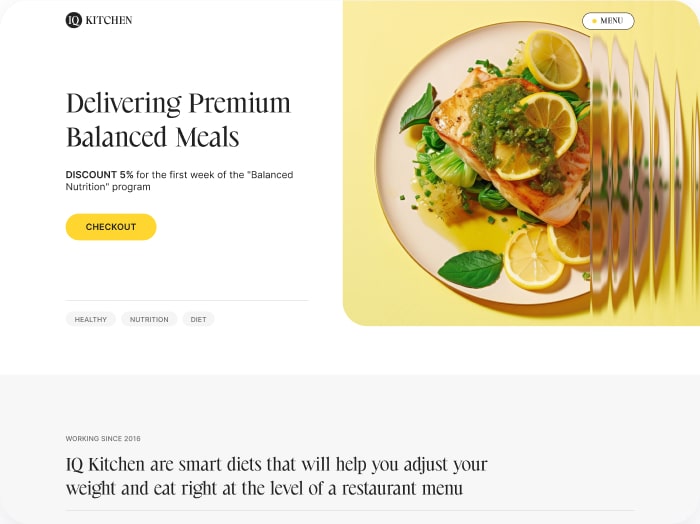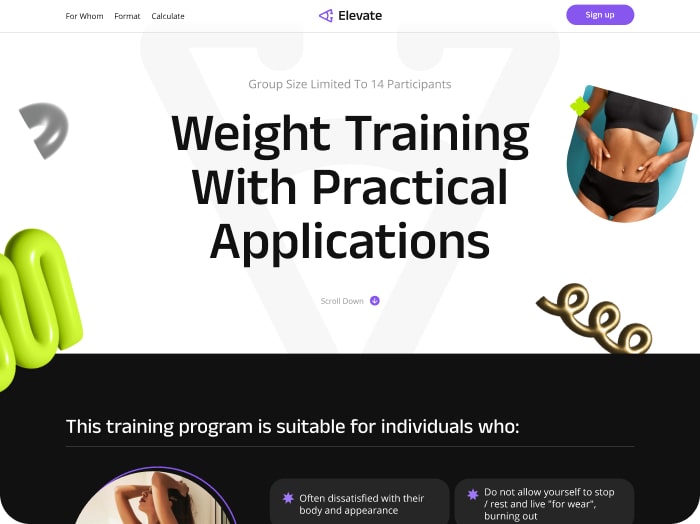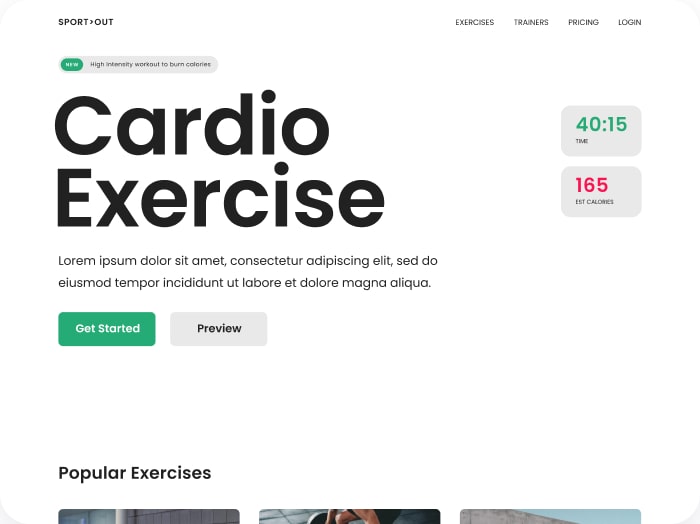The Future of Nutrition Education: How Augmented Reality is Revolutionizing Learning
Nutrition education has long been a complex and often dry subject, but with the advent of Augmented Reality (AR), the landscape is changing dramatically. AR is not just a novelty; it is a powerful tool that can make learning about nutrition engaging, interactive, and highly effective. In this article, we will explore how AR is being integrated into nutrition education, its benefits, and some real-world examples that highlight its potential.
Understanding Augmented Reality in Nutrition Education
Augmented Reality is a technology that integrates virtual content into the real world, enhancing the user’s perception of reality. In the context of nutrition education, AR can provide users with immediate, relevant, and engaging information about food, dietary habits, and nutritional content. For instance, mobile applications can be designed to display nutritional information about ingredients, helping users make informed choices about their diet.
Interactive Learning Experiences
One of the key advantages of AR in nutrition education is its ability to create interactive learning experiences. Unlike traditional methods that rely on textbooks and lectures, AR can engage students through hands-on activities. For example, the STEM-ARNutri Edu curriculum combines AR with Integrated Science, Technology, Engineering, and Mathematics (STEM) to provide a comprehensive learning experience. Students can interact with 3D models, match food images with their respective macronutrients, and even plan portion sizes for a balanced diet. This approach, based on Kolb’s experiential learning theory, has shown significant improvements in students’ knowledge, attitudes, and behaviors related to nutrition.
Visual Calorie Tracking and Food Portion Estimation
AR can also be used to help individuals track calories and estimate food portions more accurately. A study on food portion estimation using AR tools found that students using AR technology showed higher accuracy in estimating food portions compared to those using traditional methods. This tool allows users to visualize and adjust portion sizes in real-time, making it a valuable resource for dietitians and nutrition students.
Real-World Applications and Case Studies
Several real-world applications and case studies demonstrate the effectiveness of AR in nutrition education. For example, Universidad del Valle de Mexico has developed an interactive learning system using AR and simulation (AR&S) to help dietetics students understand clinical nutrition systems. This system has been shown to enhance student engagement, increase retention, and facilitate self-directed learning.
In another example, a mobile AR application was developed to educate teenagers about traditional Sudanese food preparation. The application not only provided nutritional information but also made the learning experience enjoyable, leading to increased interest and continued use among the participants.
Advantages and Future Directions
The integration of AR in nutrition education offers several advantages. It provides a highly realistic and situated learning experience, which is particularly beneficial for complex subjects like clinical nutrition. AR also enhances student engagement and interactivity, leading to better retention of information and improved learning outcomes.
For future directions, there is a need for more systematic literature reviews to analyze the current state-of-the-art of AR and VR in nutrition education. Research should focus on the advantages and disadvantages of these technologies, as well as the areas where they can be most effectively applied. Additionally, integrating AR with other educational technologies, such as STEM, can further enhance the learning experience.
Addressing Diverse Needs and Accessibility
AR technology also addresses the diverse needs of learners, particularly those from low-income communities who may have limited access to traditional face-to-face nutrition education programs. Extended Reality (XR) technologies, including AR, VR, and Mixed Reality (MR), offer flexibility and accessibility, making nutritional education more inclusive and widespread.
During the COVID-19 pandemic, the importance of remote and accessible educational tools became even more evident. AR and XR technologies can maintain access to nutrition education and behavior change programming even when face-to-face programs are not available, ensuring continuous learning and support.
Conclusion and Next Steps
The integration of Augmented Reality into nutrition education is a game-changer. It makes learning interactive, engaging, and highly effective. Whether it’s through visual calorie tracking, food portion estimation, or comprehensive learning curricula, AR is revolutionizing the way we teach and learn about nutrition.
If you are interested in leveraging the power of AR for your nutrition education needs, consider exploring tools and applications that incorporate this technology. For instance, you can use Calorie Calculator Cloud to get started with visual calorie tracking and other nutritional insights. Additionally, reviewing the Calorie Calculator Plans can help you understand how such tools can be integrated into your educational or personal health regimen.
As the field continues to evolve, it is crucial to stay updated with the latest research and developments. By embracing AR and other XR technologies, we can create a more informed, healthier, and engaged community when it comes to nutrition and diet.
